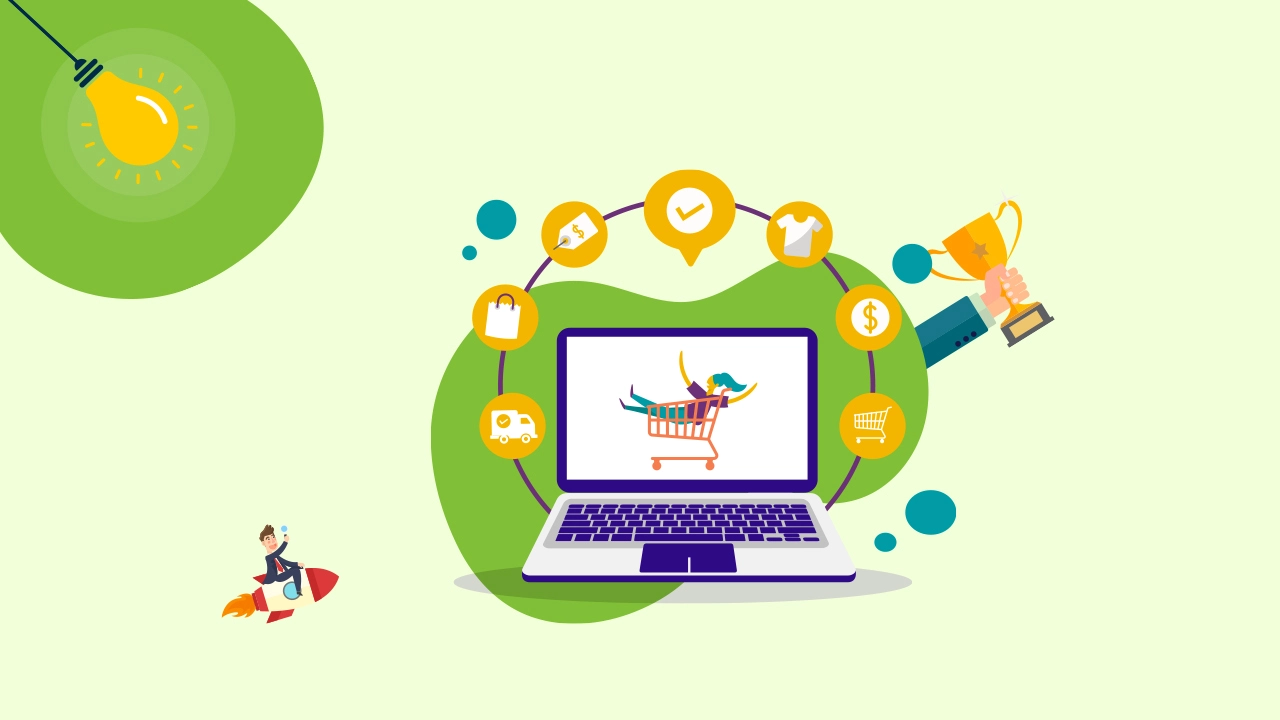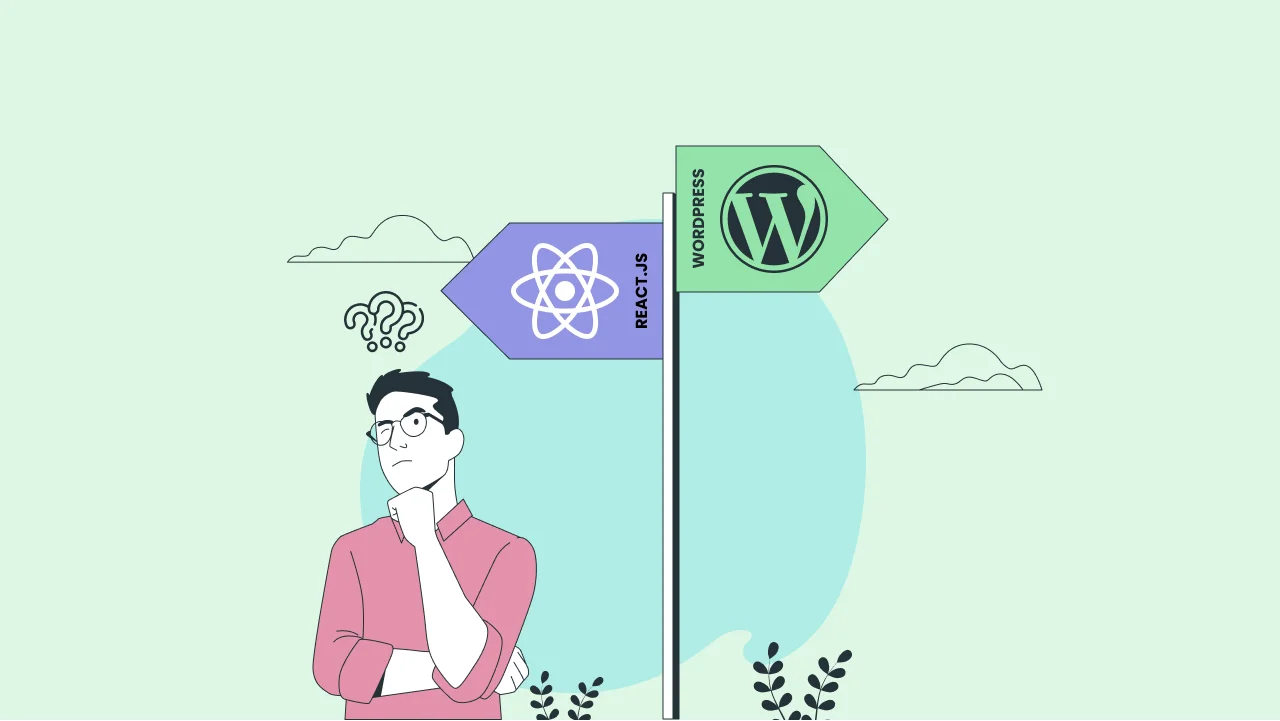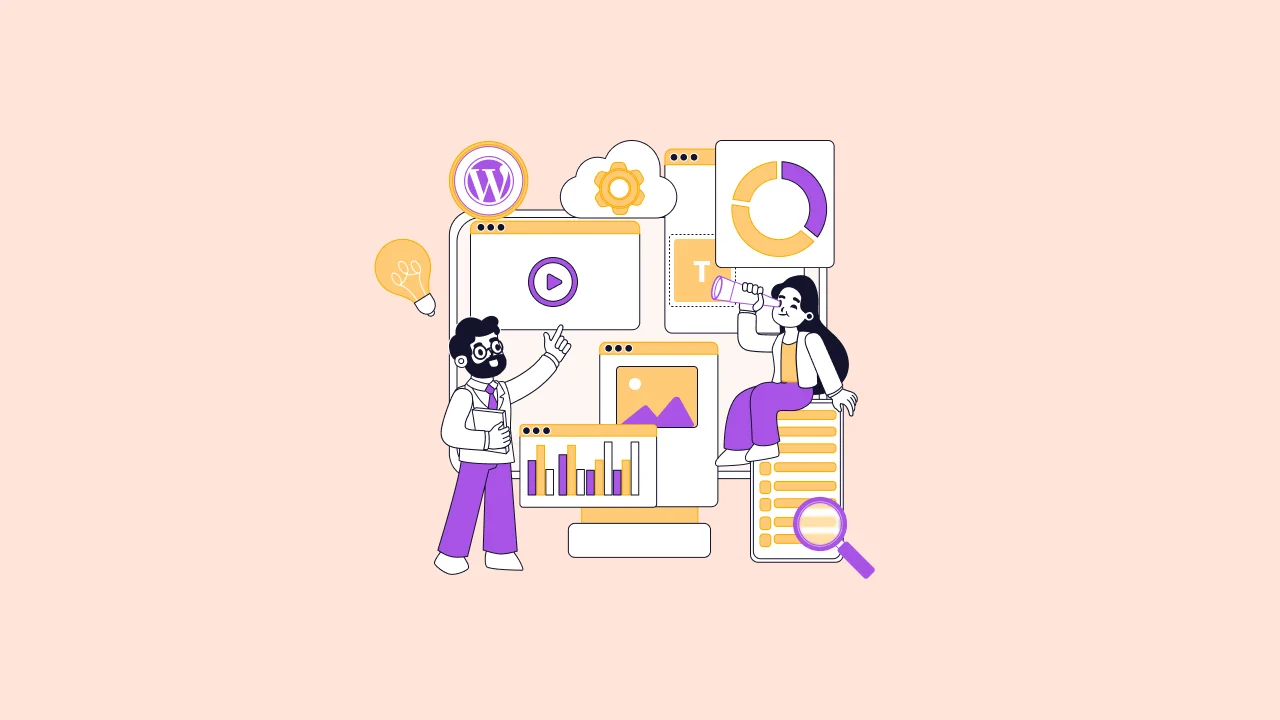There has never been a better time for an e-commerce business than now, and there’s no better way to get started on that journey than by opening your first Shopify store.
The wildly popular e-commerce platform empowers entrepreneurs of any skill level to easily and seamlessly set up their own shop through an interface perfect for beginners. But what if that’s not enough? Introducing: Headless Shopify.
Adding a headless element to Shopify lets businesses completely decouple the front-end design of the online store away from back-end functionality.
Meaning they have full control and flexibility over how their store both looks and is operated. The level of customization, speed performance, and scalability that comes to the table with Headless Shopify is absolutely nuts.
If you’re looking to start a Headless Shopify store but don’t really know where to begin, you are at the right place!
We at cmsMinds specialize in Shopify website development in Raleigh and will share how you can take your idea and develop it into an uber-successful headless e-commerce company using Shopify as its nucleus.
What Is Headless Commerce?
Headless commerce is a flexible e-commerce solution that allows companies to decouple the front-end “head” from the back-end “body” of the e-commerce platform.
In other words, the part of the system that renders the application (webpage, mobile app, etc.) for the end user doesn’t have to be structurally linked to the service layer.
Past e-commerce platforms were built with front-end and back-end code that was coupled (or connected intrinsically). This forced you to build, design, and manage any consumer touch-points within their system, such as a website.
Headless commerce separates the back-end platform from that consumer touch-point, so you can build, design, and manage any consumer touch-point (website, mobile app, smart-watches, voice-activated devices) you want.
Here’s a hypothetical example: A fashion retailer may choose to build an iPhone app leveraging Shopify as the core engine for inventory, order management, etc., and only build out the consumer experience for an iPhone native app. The rest gets sent back from the rears to handle.
In other words, someone can have the inventory and experience piece handled by Shopify but, instead, only release a custom-built consumer iPhone app and leverage the Shopify API to pull data from there.
This would result in a fully customized experience and feel for the customer.
Why Choose Shopify for Headless Commerce?
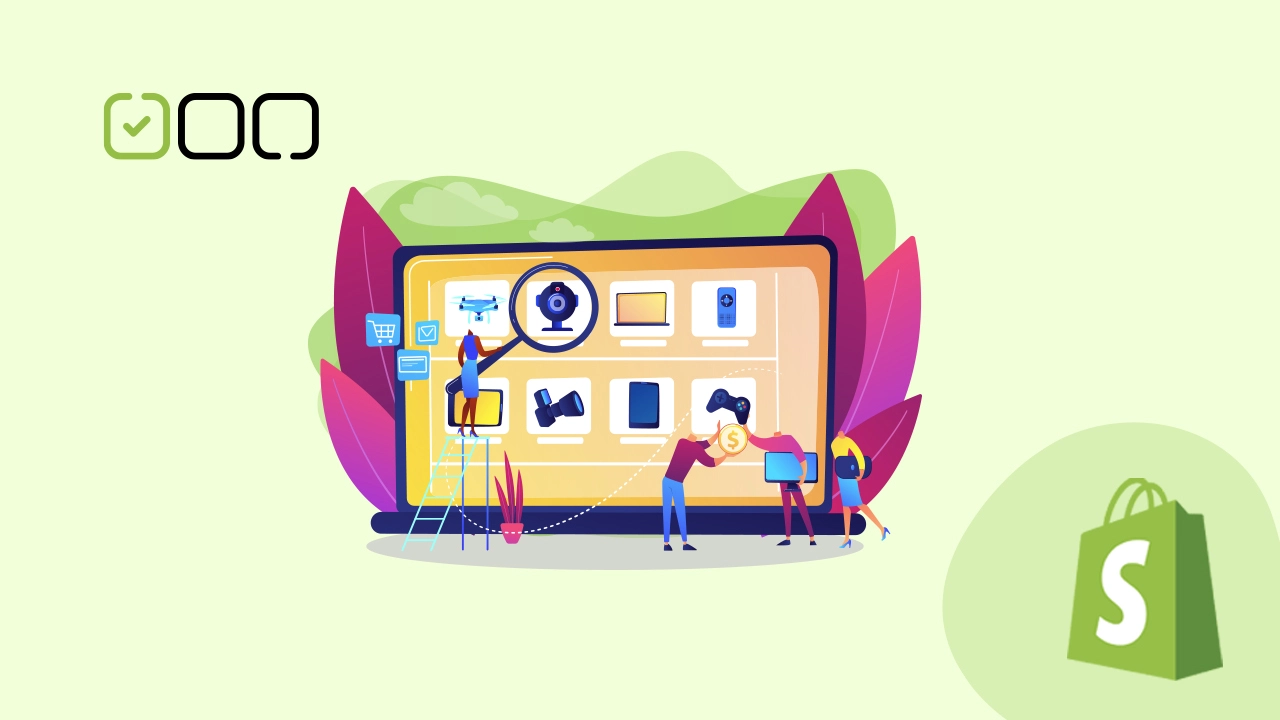
Do you consider Woocommerce or Shopify? The answer is obvious – Shopify! It has many different platform features that make it an easy choice for headless commerce. To summarize, here are a few things that make Shopify great:
- Shopify is very user-friendly, and one of the strengths of this platform is the robust features provided by its system. The well-accomplished dashboard will make it easy for us to handle and modification of products, inventory, orders, and customer data.
- Shopify has well-documented APIs, which provide us great flexibility while integrating front-end applications along with back-end functionality.
- Scalability is the essence of any eCommerce site, and the best part is that Shopify provides just that. As a cloud-based platform, Shopify development services can handle millions of transactions seamlessly to achieve excellent performance levels under their rated periods for high traffic loads.
- Shopify’s ecosystem of themes, plugins, apps, and developer tools is geared in order to enhance your headless store.
- Finally, get a dedicated support team, security updates, and more – including ongoing support from Shopify to help you along the road to success!
How to Start a Headless Shopify Store?
Starting a headless Shopify store involves a series of steps to ensure a seamless transition from traditional e-commerce to the headless approach. Here’s a breakdown of the process:
1. Preliminary Considerations and Planning
Before diving deep into actually starting a headless Shopify store, the first step is to decide whether you are ready to do so.
Below, we will try our best to give a systematic breakdown of everything you should plan for before ever thinking about opening up a headless Shopify store.
Market Research and Niche Selection
The very first step you need to take way before starting a headless Shopify store is to do some intense market research and select your niche.
The market research would give you insights into what your target audience looks like, who your competitors are, and what are the emerging trends.
Market research will also give an overall idea of how the competition does it and how you can get an edge.
Setting Clear Goals and Objectives
The next step is to set clear, measurable, attainable, relevant, time-bound (SMART) goals for your Shopify e-commerce store. Goals would be the guiding lines that will actually help you run an e-commerce business.
Creating a Business Plan
A business plan is a formal statement that outlines your Headless Shopify E-Commerce Store’s goals. It also outlines how you are going to achieve these goals, along with an actionable plan.
2. Setting Up Your Shopify Store
Once your initial strategic planning is complete, you may need to make further layout decisions. After completing these initial steps in the preliminary planning process, you can set up your Shopify store.
To get your Shopify store up and running, focus on these first steps.
Create a Shopify account:
Visit the Shopify website and sign up for an account. You’ll need to provide an email address, choose a password, and select a store name.
Select a domain name:
Choose a catchy, memorable, and activity-relevant domain that you’d like for your store. As a new Shopify user, you can either purchase a new domain through Shopify or connect an existing domain to your store.
Choose a Shopify theme:
Choose a theme from the Shopify Theme Store – a selection of professional, responsive, and fully customizable themes. You can preview a theme to get a sense of how it would look with your own content.
Customization options allow you to personalize your theme, from navigation menu colors to fonts to slideshow displays on your homepage.
When choosing a theme, consider responsiveness, mobile-friendliness, navigation options, and general user experience.
3. Back-End Setup for Headless Commerce
To get the back-end for your headless commerce setup, you will then have to configure your Shopify store to work harmoniously with your frontline tool of choice. Here is what you need to do:
Enable the Shopify Storefront API:
To do this, head over to the admin panel of Shopify and click your way to the Apps section. There, open the access for either an app or a front-end that needs to consume your store data with the Storefront API through external means.
Set up webhooks:
By using webhooks, you’ll be able to make your back-end and front-end communicate in real-time. Just configure the admin notifications that are meant to hit your back-end in your Shopify admin for events such as new orders or if the inventory gets updated.
Integrate with a headless CMS or front-end framework:
You could either go with a headless CMS like Contentful, Prismic, or Strapi or choose from famous front-end frameworks such as React or Angular. The goal here is to get your back-end talking to your front end through APIs.
4. Managing Products and Content
The most important function in structuring a headless Shopify store is how you manage your products and content. Here are three crucial steps you need to understand for product and content management:
Product Management
Define and manage your products using Shopify’s back-end. You can add, categorize, and edit your products there. Within a product, you can set up variants, pricing, inventory levels, and so on.
Don’t forget to also fill out product descriptions and SEO metadata for each product for better visibility in organic search.
Content Management
A modern CMS (like Sanity or Contentful) is a best practice to manage and provide your content pages, blog posts, images, videos, and so on.
You should manage your content separately from Shopify’s back-end and create an API that will serve the content through your front end.
An API will help you deal with traffic surges, flexible content rendering, and (most importantly) will help you follow best practices in SEO for your content and increase your organic traffic.
Synchronization
You have to create mechanisms of synchronization between the live store’s data in Shopify’s back-end and your Headless CMS to keep both systems updated in real time.
5. Front-End Development
To begin the front-end development phase of your headless Shopify store, you will be concentrating on the design of your user interface. There are a few steps in order to go about this part of the front-end development, those are:
Designing Your Front End For Your Store
In this stage, you would be utilizing design tools such as Figma or Sketch to build an interface that is not only visually pleasing but that works in a way that the customer will want their experience on your store to be like.
You will be looking at things like how the user will map out their user journey, no matter the product they are looking for. You will also want to make sure that your interface follows design psychologies and rules.
Implementing Your Front-End
In contrast to the previous stage, where you were building the visual user interface, in this one, you will be constructing the behind-the-scenes structure of your store.
This does not necessarily mean you will be coding the website; rather, you may also want to consider a headless PWA.
A headless PWA will benefit you because it loads faster, functions as an actual app rather than a webpage, can run independently of your servers, and works offline.
Mobile Optimization And SEO
And one of the most important things to tick off your list is mobile optimizing your store. This is quite crucial because, in today’s day and age, more and more people are beginning to shop on their phones and tablets.
Your SEO plays a big part in the customers’ views. If your store is not highly ranked in a Google search, users will lose trust in the brand almost instantly.
6. Ensuring Security and Compliance
When you are running an E-Commerce store, things like security and compliance should be at the top of your list:
Secure Payment Processing
When choosing a way to process payments on your website, make sure you are going to go with a reliable one.
It is common that small E-Commerce entrepreneurs will go with something like Stripe or Shopify Payments, which, for the most part, are okay. Stripe and Shopify Payments have both passed rigorous compliance tests.
We strongly recommend you use one of these and stay away from direct merchant accounts because you WILL NOT want to have to maintain all the security policies required of direct merchant accounts.
SSL Certificate
Adding an SSL certificate to your website will provide a secure connection between your user’s browser and your web server.
This SSL certificate provides an encrypted connection so that the data can be transmitted securely between the two points during a transaction.
Data Protection
Secure the customer data on your website using complex passwords and security applications such as Backup and Firewall protection.
GDPR Compliance
Although you’re in the US – you must comply with European GDPR regulations if you sell to EU customers. This means you must get explicit consent before collecting data and give users the ability to view and delete their personal data.
Legal Compliance
Understand the laws surrounding E-Commerce within the countries you are operating. For example, businesses functioning in the United States have to adhere to various federal and state regulations.
This includes observing the Federal Trade Commission’s guidelines on online sales and advertising, and individual state sales tax laws. It’s important to know the legalities of online sales and to keep up with any new laws created in the future.
Launching and Marketing Your Headless Shopify Store
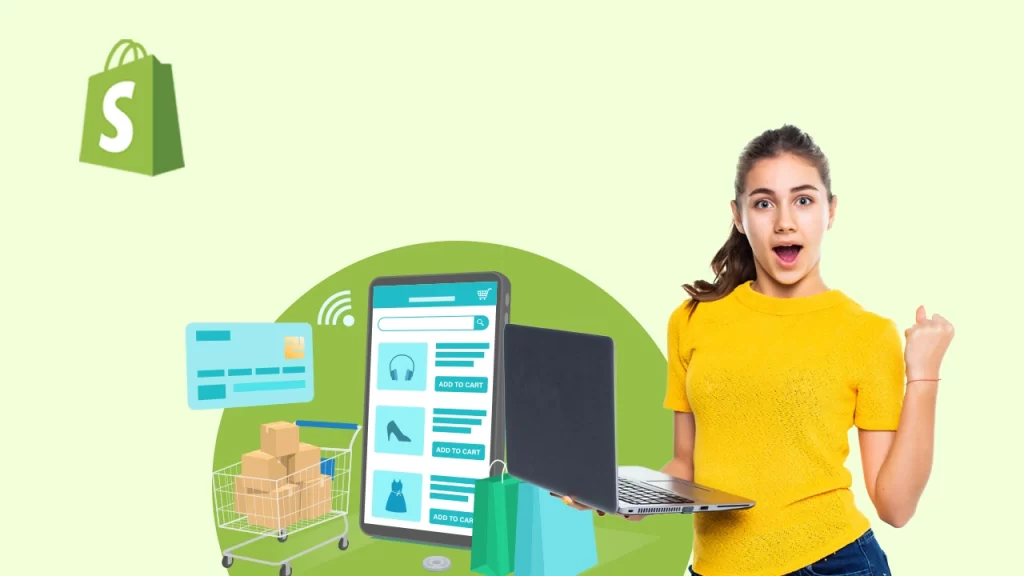
In order to drive sales and attract customers, it is essential that you effectively launch and market your headless Shopify store. By performing the following, you will be able to achieve success in this area.
Generating excitement around your store is extremely important before it is launched. Prior to the launch of your store, consider engaging your customers by allowing them to enter a contest to win something or showing them teasers of what is to come.
Using various different online marketing tools will be essential when trying to attract more customers to your store.
Ensure that you are using tools such as influencer partnerships, social media advertising, search engine optimization, content marketing, and email marketing to ultimately target the customers that you desire.
It is important that you build trust with these customers in addition to targeting them. Having on your site reviews of your product is a great way to show your customers that they can trust your site.
Additionally, in order to keep customers coming back, implement strategies that will make customers want to purchase from your store again.
Some examples of ideas for this could include implementing a program that rewards your loyal customers, programs that automatically send a customer an email after they have purchased a product, and great customer service.
Analytics and Optimization
Analytics and optimization are equally key to Headless Shopify store success. Elements you should track are going to be the essential metrics such as traffic, conversions, and how customers are behaving on your website.
Making decisions with that data and then taking some kind of action based on it has to be a way of life. The data provided by tools like Google Analytics can certainly help you measure and track performance on your site.
But it is cool to analyze the advertising effectiveness and bring meaningful feedback. It is also essential to always fine-tune your promotion efforts to make your user experience better to result in a higher percentage of conversion.
Continuously analyze and refine your marketing efforts that will improve the performance and success of the Shopify Headless store.
Conclusion
Creating a headless Shopify store unlocks the possibilities to create a customizable and scalable digital experience. By decoupling the front-end storefront from the commerce back-end, you can build a unique digital experience for your consumers.
Use Shopify as the commerce foundation to take advantage of incredible commerce features while designing and building a transactional storefront that is sensitive to both your brand and identity.
Ensure a successful launch by setting achievable goals, following our checklist, launching a pre-planned marketing campaign, launching globally, and educating your support team.
Measure your consumers’ behavior with data-driven analytics and optimization, empowering you to make smarter, e-commerce-specific decisions to push the top line.
Give your vision a venue, as your migration to a Headless Shopify store will fuel your growth and success in the world of commerce.

